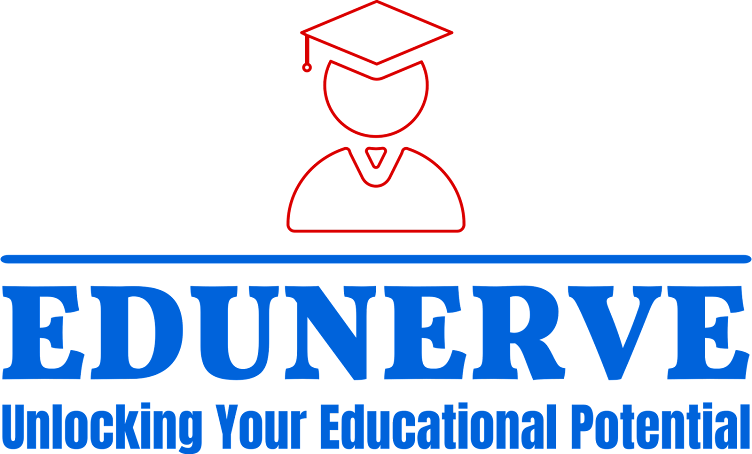Integrating STEAM Education in Primary Classrooms
Are you ready to take your classroom to the next level? Want to make learning fun and engaging for your young students? Look no further! Integrating STEAM (Science, Technology, Engineering, Arts, and Mathematics) education in primary classrooms is the way to go!
What is STEAM Education?
STEAM education is an innovative approach to teaching that combines science, technology, engineering, arts, and mathematics in a holistic and interdisciplinary way. It encourages students to think critically, solve problems, and work collaboratively while fostering creativity and innovation. STEAM education empowers students with the skills they need to thrive in the 21st century, where technology and innovation play a central role.
Why Should You Integrate STEAM Education in Your Primary Classroom?
It's simple! STEAM education is a game-changer! It breaks away from traditional siloed teaching and encourages a holistic approach to learning. Here are some reasons why you should integrate STEAM education in your primary classroom:
Engaging and Fun Learning: STEAM education makes learning exciting and enjoyable for young students. It brings real-world relevance to their education, making it more meaningful and relatable.
Critical Thinking and Problem-Solving Skills: STEAM education nurtures critical thinking and problem-solving skills in students from an early age. It encourages them to analyze, evaluate, and find innovative solutions to real-world challenges.
Creativity and Innovation: STEAM education fosters creativity and innovation in students. It encourages them to think outside the box, explore different perspectives, and come up with new ideas and solutions.
Collaboration and Teamwork: STEAM education promotes collaboration and teamwork among students. It encourages them to work together, share ideas, and learn from each other's strengths and weaknesses.
Real-World Relevance: STEAM education connects classroom learning with the real world. It helps students see the practical applications of what they are learning, making it more meaningful and impactful.
Preparation for the Future: STEAM education equips students with the skills they need to thrive in the future. It prepares them for a world that is increasingly driven by technology, innovation, and interdisciplinary thinking.
How Can You Integrate STEAM Education in Your Primary Classroom?
Integrating STEAM education in your primary classroom is easier than you think! Here are some practical tips to get you started:
Interdisciplinary Lesson Plans: Design interdisciplinary lesson plans that integrate science, technology, engineering, arts, and mathematics. Create hands-on activities that allow students to explore and apply concepts from different disciplines.
Real-World Connections: Connect classroom learning with the real world. Use real-world examples, case studies, and current events to make learning more relevant and meaningful for students. Show them how STEAM concepts are applied in various fields and industries.
Collaborative Projects: Assign collaborative projects that require students to work together in teams. Encourage them to brainstorm, research, design, and build solutions to real-world problems. Foster a collaborative and inclusive classroom environment that values diverse perspectives.
Technology Integration: Integrate technology tools and resources in your classroom to enhance STEAM learning. Use coding platforms, robotics kits, online simulations, and multimedia resources to engage students and develop their digital literacy skills.
Arts Integration: Incorporate arts into your STEAM lessons. Use arts-based activities such as drawing, painting, music, dance, and drama to foster creativity and self-expression. Show students how arts and aesthetics are intertwined with science, technology, engineering, and mathematics.
Field Trips and Guest Speakers: Organize field trips to science museums, technology centers , engineering labs, art galleries, and other relevant places to provide students with real-world experiences and exposure to STEAM concepts in action. Invite guest speakers from STEAM-related fields to share their expertise and insights with your students.
Assessment Strategies: Develop assessment strategies that align with STEAM education principles. Use performance-based assessments, portfolios, presentations, and reflection activities to assess students' understanding and application of STEAM concepts, as well as their collaboration and problem-solving skills.
Flexibility and Adaptability: Be flexible and adaptable in your approach to STEAM education. Allow for open-ended and inquiry-based learning, where students can explore their interests, take ownership of their learning, and make their own discoveries. Embrace failure as a part of the learning process and encourage students to learn from their mistakes and iterate their solutions.
Teacher Professional Development: Invest in your own professional development to stay updated with the latest trends and practices in STEAM education. Attend workshops, conferences, and webinars, and collaborate with other teachers to share ideas and resources. Stay curious and continue learning alongside your students.
Celebrate STEAM Achievements: Celebrate and showcase students' STEAM achievements to build their confidence and motivation. Display their projects, creations, and innovations in the classroom, school, or community. Recognize and reward their efforts and achievements to foster a positive STEAM culture in your classroom.
Conclusion
Integrating STEAM education in primary classrooms is a powerful way to prepare students for the future. It fosters critical thinking, problem-solving, creativity, collaboration, and innovation skills that are essential for success in the 21st century. By designing interdisciplinary lessons, connecting learning with the real world, promoting collaboration, integrating technology and arts, and being flexible in your approach, you can create an engaging and meaningful STEAM learning experience for your young students. So, let's embark on this exciting educational journey and inspire the next generation of STEAM innovators!




No comments:
Post a Comment